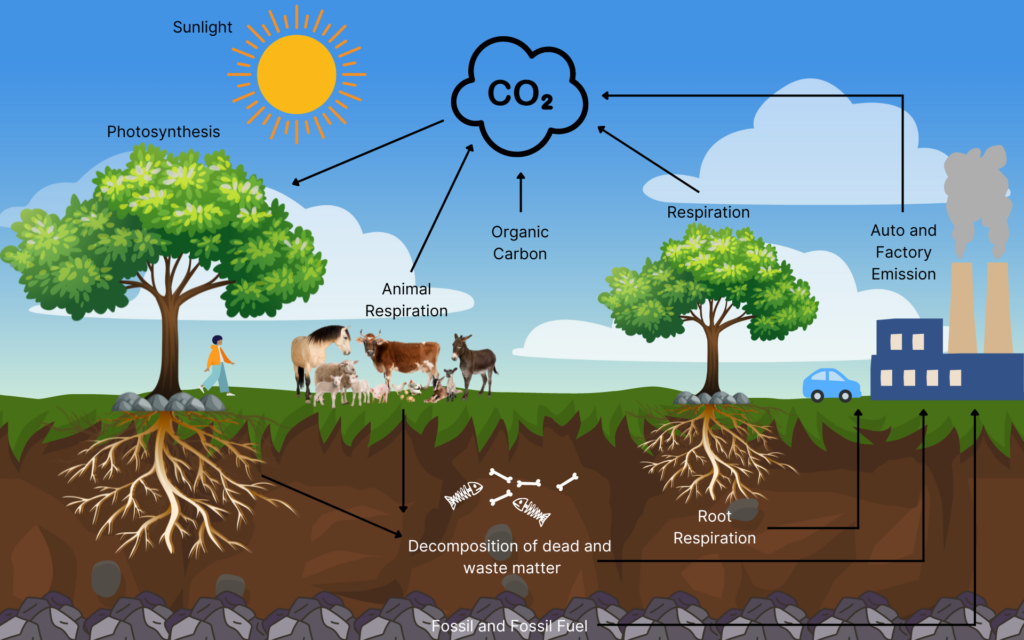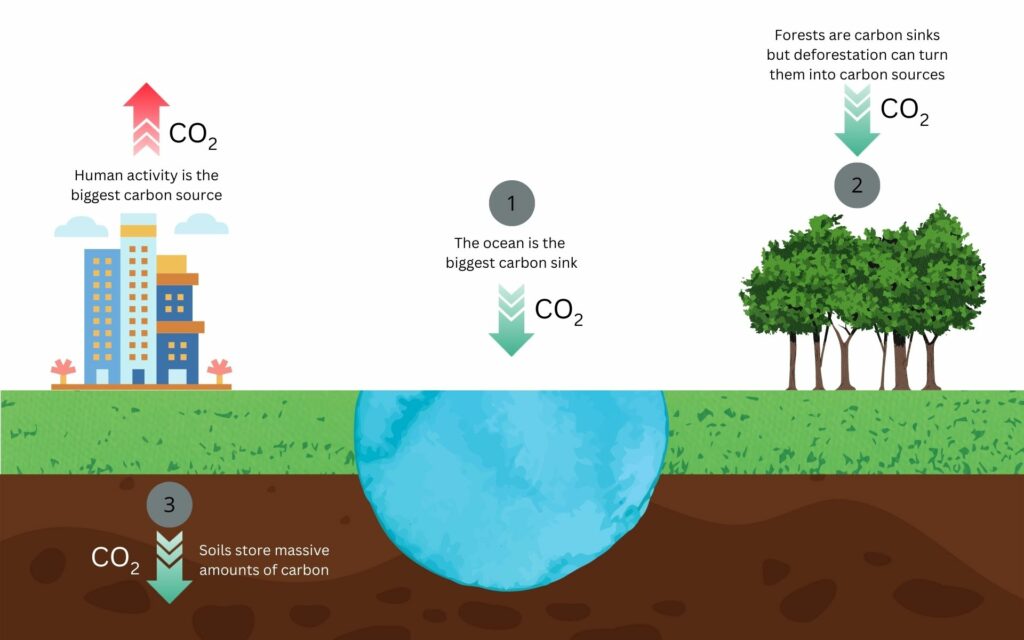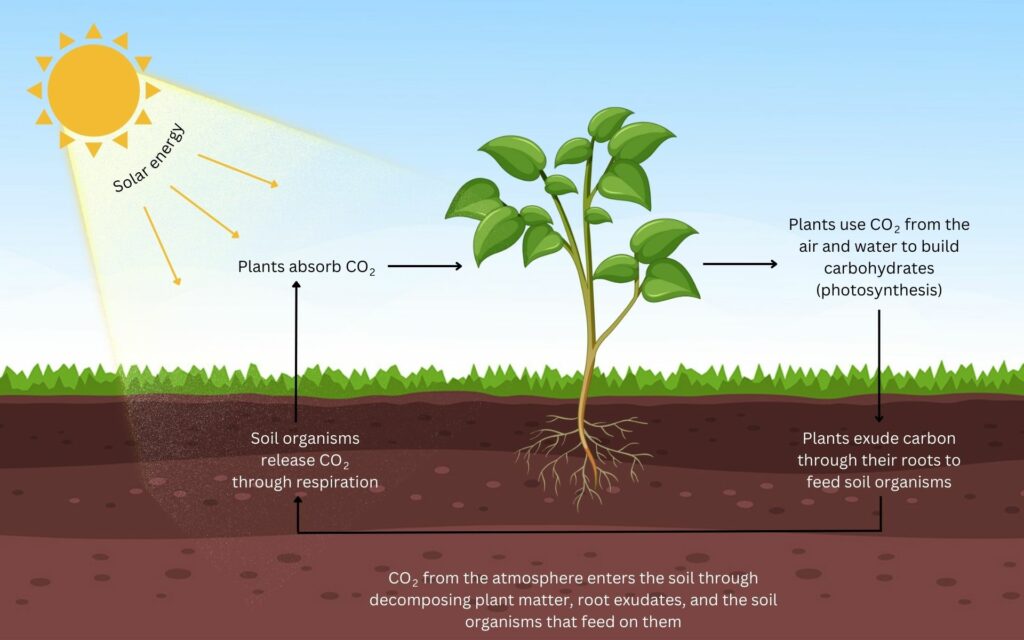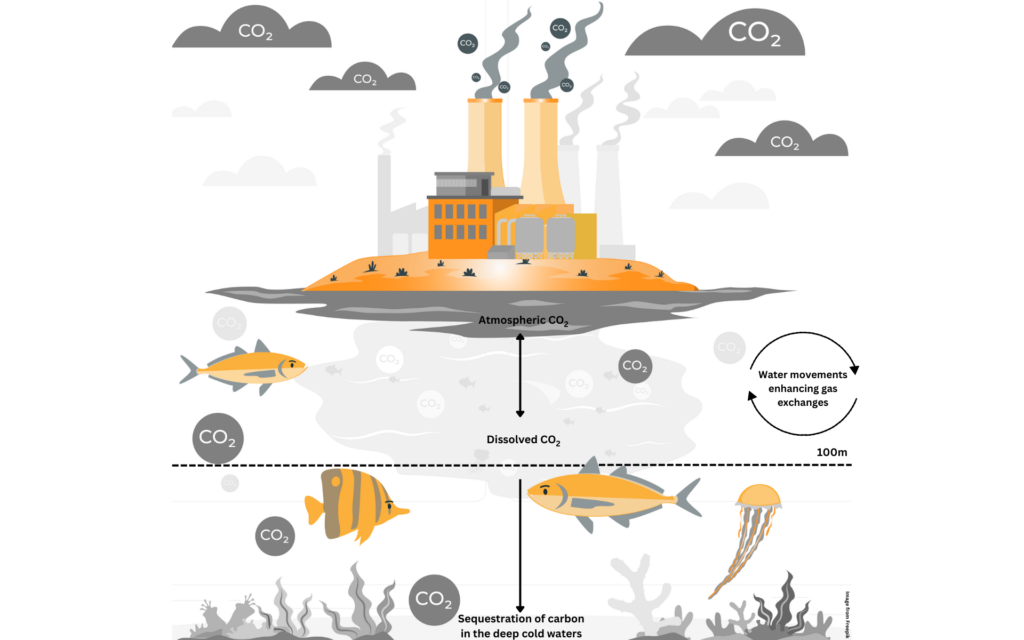What is Carbon Capture in the Natural Environment and How does it Occur?
By Mark Brown, WKC Group
What is Carbon Capture?
Carbon capture is the process of removing carbon dioxide (CO2) from the Earth’s atmosphere and storing it.
How can it occur?
Carbon capture can occur both naturally and artificially. Advances in technology are enabling carbon released by industrial activities to be captured in even greater volumes by anthropogenic means. However, carbon capture happens on the biggest scale in the natural environment.
What is the issue with carbon?
Carbon dioxide is one of the main greenhouse gases that contribute to global warming. Carbon dioxide molecules in the atmosphere absorb long-wavelength infrared energy (heat) from the Earth then re-radiate it, some of it back downward. It is one of the main drivers that contribute to human induced climate change.
Carbon dioxide also leads to acid rain, coastal and ocean acidification and escalates melting of glaciers and polar ice ultimately leading to global sea level rise.
How is Carbon Captured in the Natural Environment?
Also known as carbon sequestration this occurs when carbon is stored in the natural environment. The ocean and coastal ecosystems, soils, and forests store the most carbon and are known as carbon sinks.
A carbon sink absorbs more carbon from the atmosphere than it releases. In comparison a carbon source releases more carbon into the atmosphere than it absorbs. Carbon is captured and absorbed through biological processes and is stored as part of the natural components of ecosystems. Carbon is released when ecosystems are damaged and degraded either naturally or through human means.
By protecting ecosystems through conservation or restoring those that are damaged we can booster carbon capture within the natural environment.
Top 3 Carbon Sinks on the Planet
How is Carbon Captured in Forests?
Tree’s absorb carbon dioxide from the atmosphere through the process known as photosynthesis. Photosynthesis is used by trees to produce various carbon-based sugars that are necessary for tree functioning and to make wood for growth. Every part of a tree stores carbon, from the trunks, branches, leaves to the roots.
Afforestation is thought to be one of the best ways of reducing global warming. Deforestation not only releases carbon into the atmosphere but also reduces the number of trees that could be absorbing carbon from the atmosphere.
The Process of Photosynthesis
How is Carbon Captured in Soils?
Soils store massive amounts of carbon. Swamps and bogs contain the most soil carbon, and among these peatlands are one of the most carbon-rich ecosystems on Earth. Although peatlands only cover around 3% of the earth’s surface, they are thought to contain up to 44% of all soil carbon and exceed the carbon stored in all other ecosystems including the world’s forests.
Peatlands are wetlands where due to the anaerobic water-logged conditions, dead plant material doesn’t decompose in the usual way. The plants that grow in peatland environments absorbs CO2 though photosynthesis. When the plants die and don’t decompose fully under the wet conditions, they create a substrate known as peat. Carbon is stored within the peat, and it has been calculated that billions of tonnes of carbon are stored in this manner.
However, many of the world’s peatlands are under intense anthropogenic pressure. Peatlands are impacted by agricultural, grazing, burning, and mining. Peat is also used as a fuel. When peat is exposed to the atmosphere it rapidly degrades releasing carbon into the atmosphere. It has been estimated that 5% of global greenhouse gas emissions are emitted by degraded peatlands.
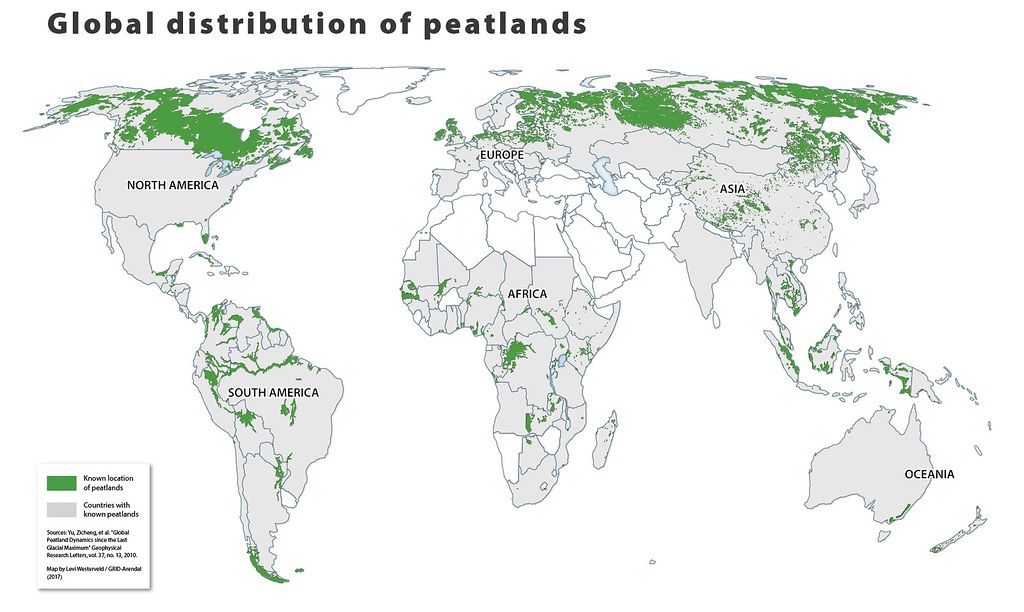
Peatlands are found in an estimated 180 countries. Many of them have not been recognized and are not yet properly mapped. Levi Westerveld/GRID-Arendal, CC BY-ND
Millions of dollars are being invested in peatland restoration to reduce emissions from degraded peatlands. Peatland restoration aims to reduce carbon emissions through rewetting and revegetation. This enables degraded peatlands to start functioning as carbon sinks again, capturing carbon rather than releasing it.
What is Blue Carbon?
Blue carbon refers to carbon captured and stored in coastal and marine ecosystems and the ocean.
Mangrove forests, mudflats, saltmarsh, and seagrass meadows sequester and store more carbon per unit area than terrestrial forests and are gaining increased global recognition for their role in mitigating climate change.
However, human induced pressures from agriculture, aquaculture, farming, sewage, pollution, exploitation of marine resources and coastal development are having a negative impact.
These coastal ecosystems can be protected though planning legislation, conservation, appropriate management, and restoration. Habitat creation schemes can further protect these ecosystems. For example, planting of mangroves trees will further encourage carbon capture.
How is Carbon Captured in Oceans?
Carbon dioxide is naturally stored in the ocean through chemical processes, either as dissolved gas or, over a longer time scale, as carbonate sediments on the seafloor. They are estimated to absorb 25% of emitted CO2 from the earth’s atmosphere.
However increased levels of carbon dioxide are causing acidification of the world’s oceans which has an impact on biodiversity. This is yet another reason to prevent increased levels of CO2 from entering the atmosphere.
Carbon Capture in the Ocean
What are Carbon Credits?
One of the issues with ecosystem conservation, restoration and creation is that of funding. Who pays for this type of work to be carried out? One way is to incorporate into the carbon market through buying and selling of carbon offsets.
Carbon offsetting allows individuals and companies to invest in environmental projects in order to balance out their carbon footprints. A carbon footprint is the total amount of CO2 emissions associated with that particular entity.
This creates a financial incentive to protect and enhance ecosystems that in turn capture and store carbon.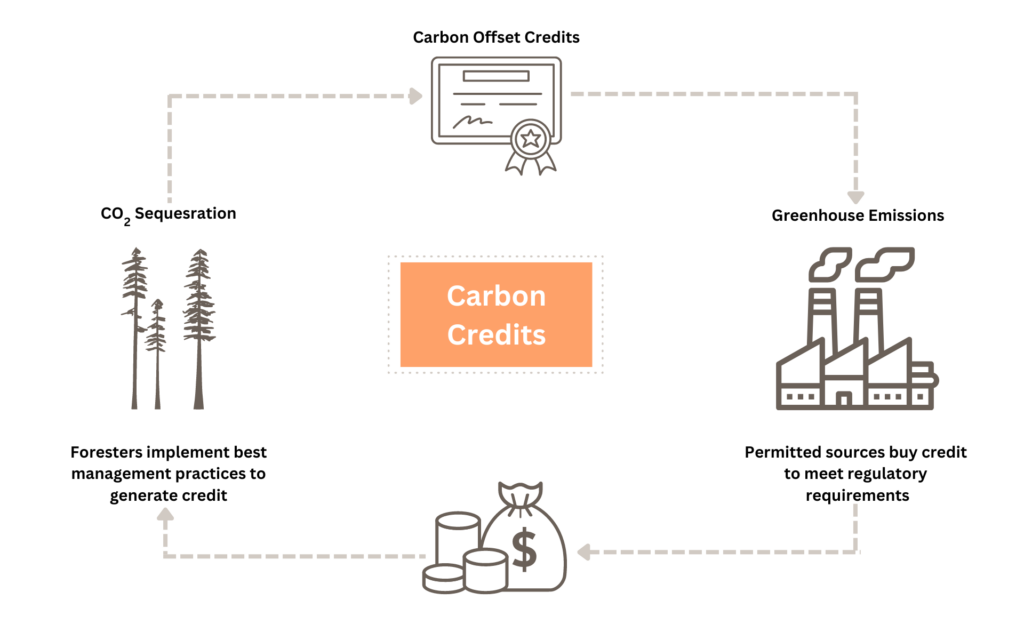
Carbon Credits Process
For more information regarding our Carbon Management services, please contact enquiries@wkcgroup.com.


